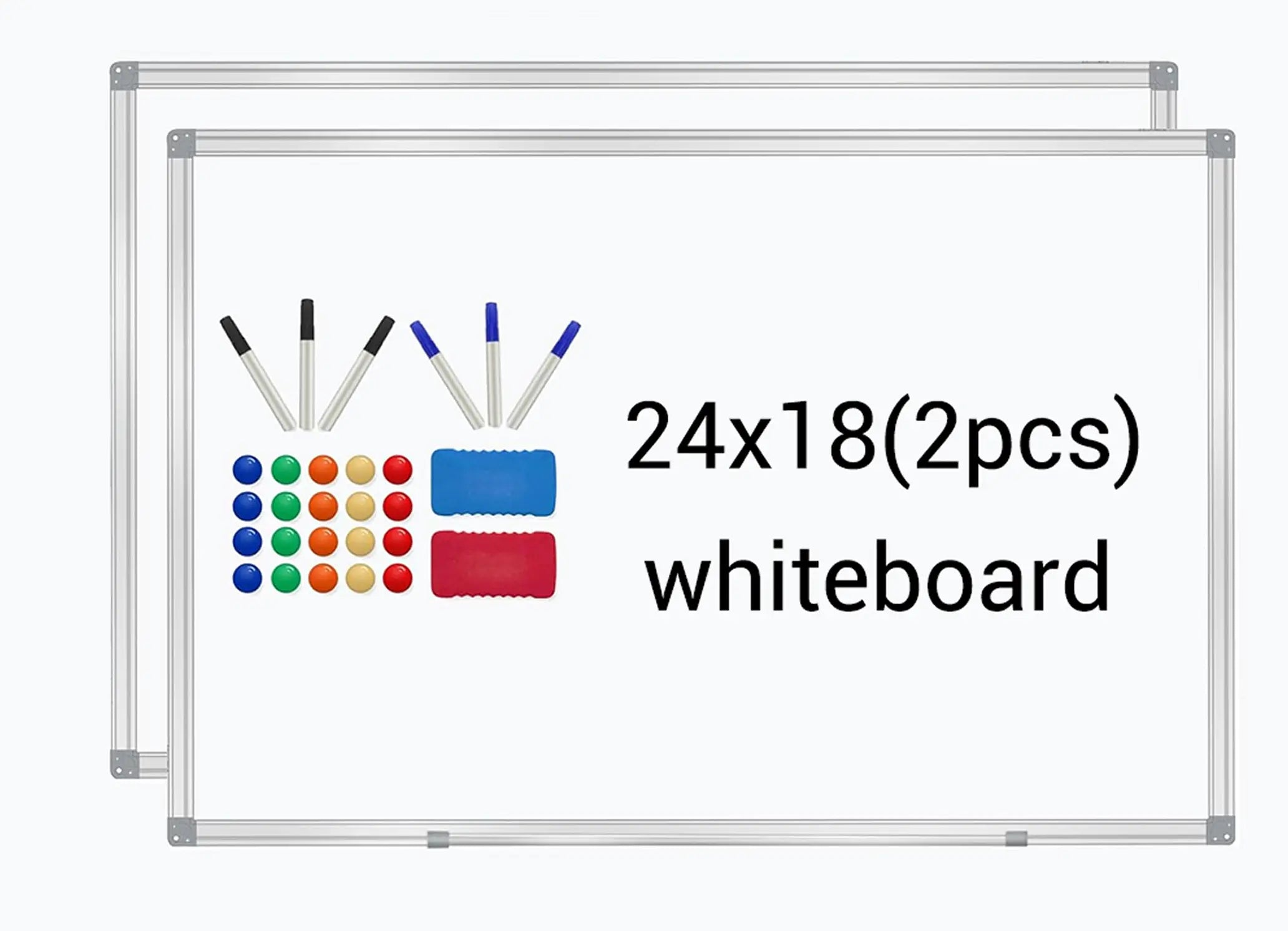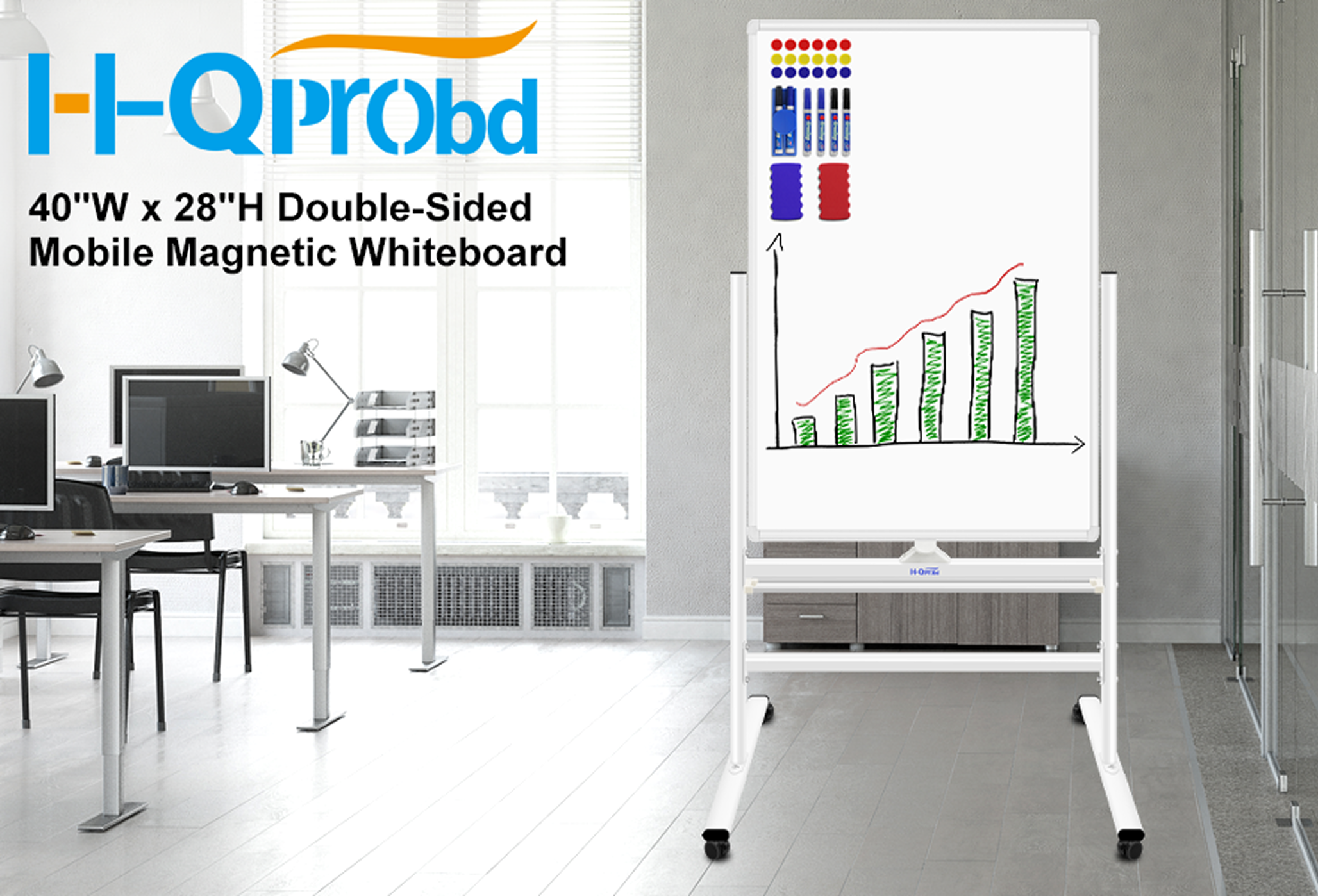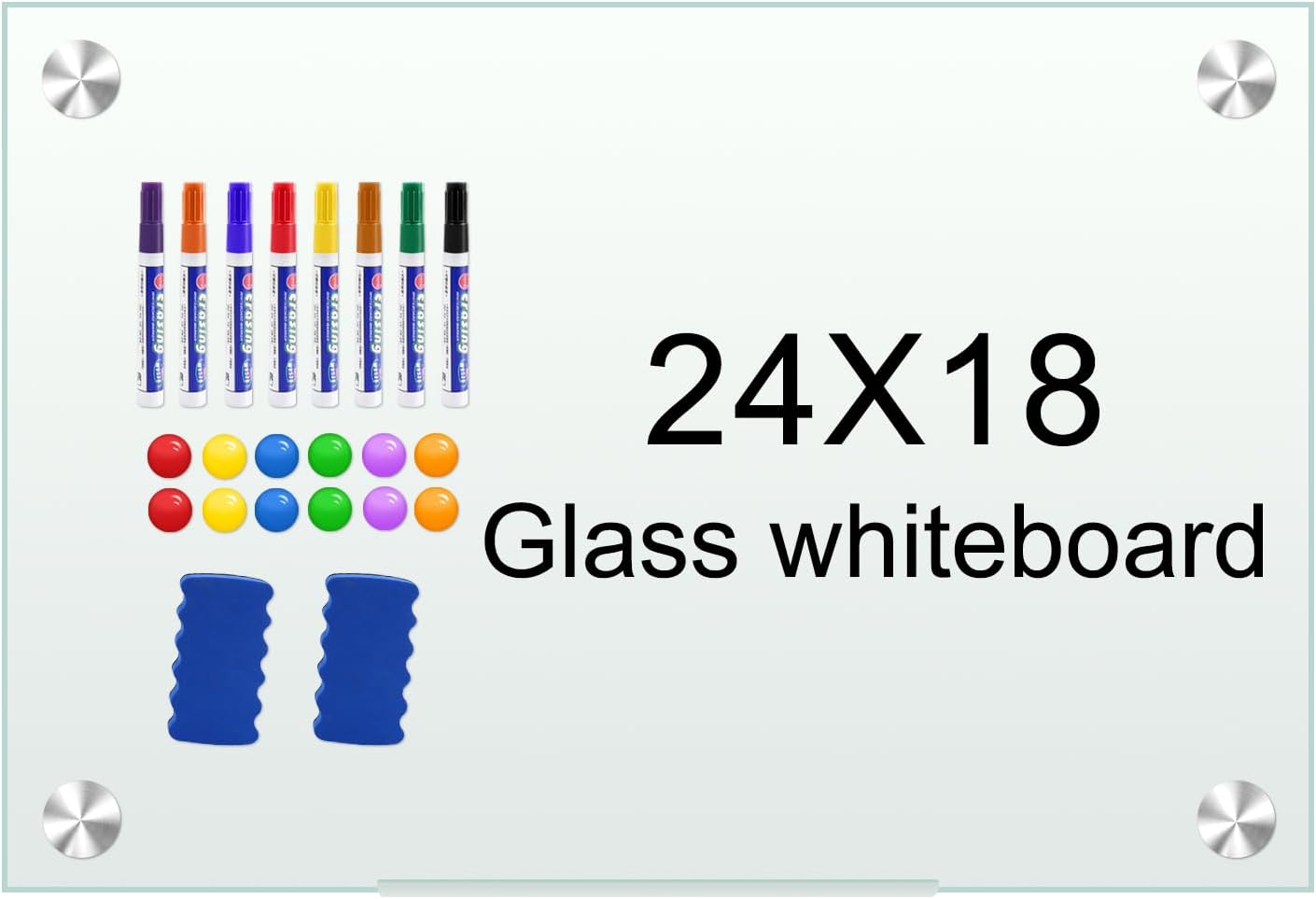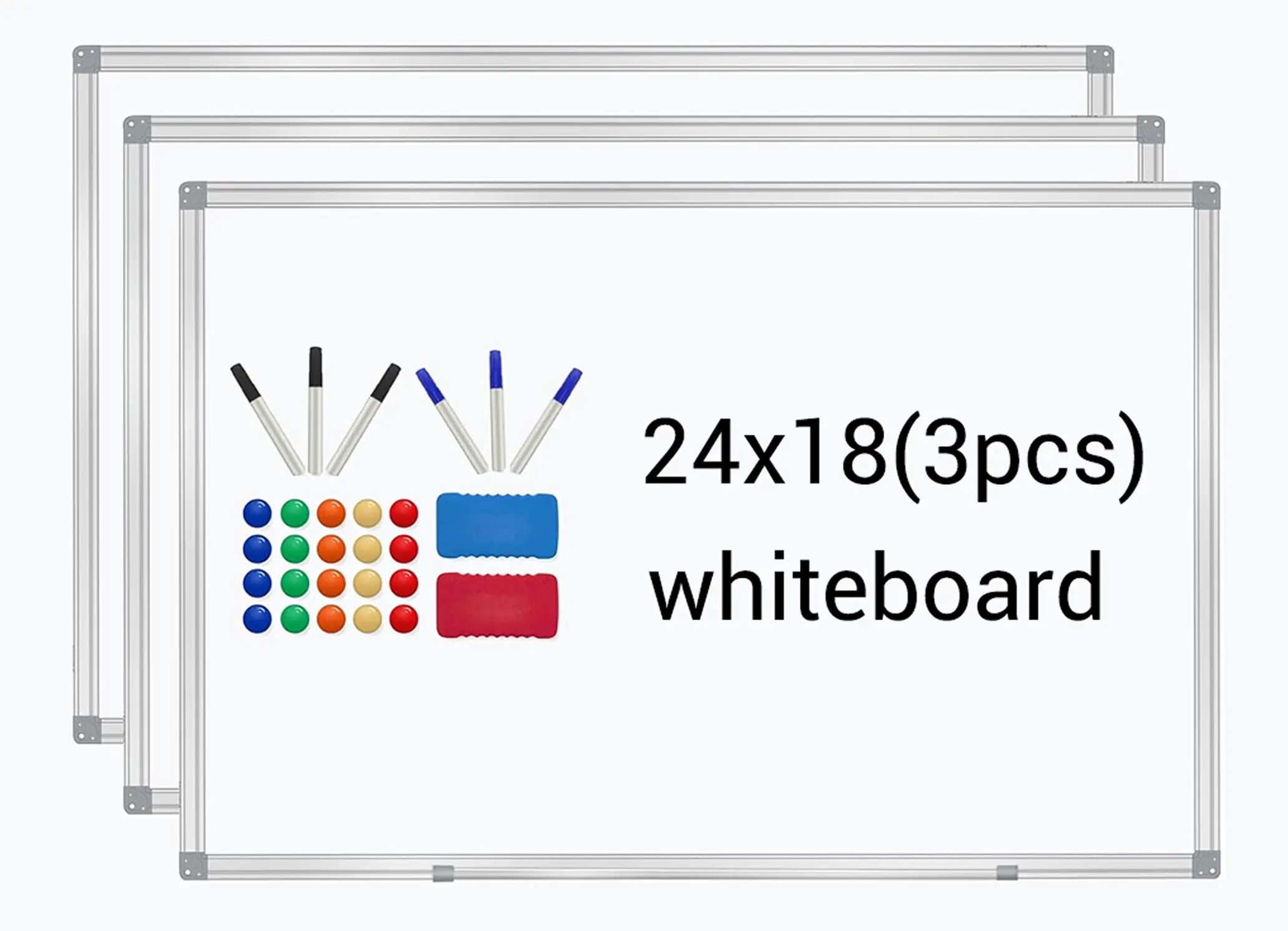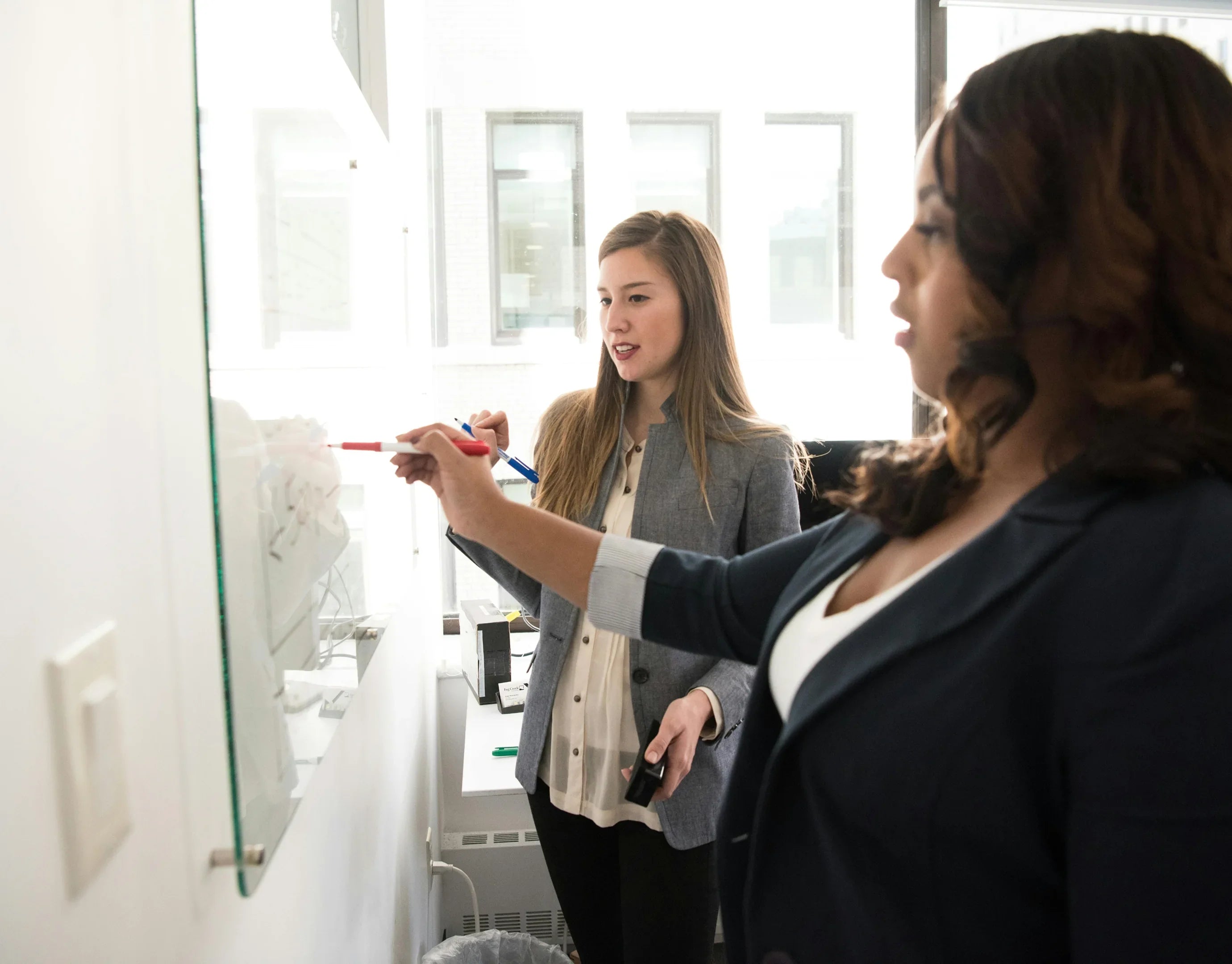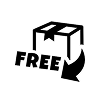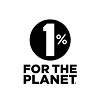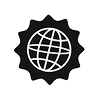Why glass changes the room
Magnetic glass whiteboards alter both rhythm and focus in a meeting space. The non-porous, tempered surface sheds ink without residue; frameless edges quiet visual noise; a steel backer turns the plane into a magnetic workspace where handouts sit flat. People enter and naturally look to the wall instead of the slide. In hybrid calls, the board reads clean on camera, so remote teammates keep pace with those in the room.
What users feel after installation
Markers glide with less pressure and lines stay crisp through multiple passes of revising arrows and boxes. Erasing becomes a single, quiet gesture, not a scrubbing ritual. During client walk-throughs, diagrams remain legible after twenty minutes of edits; printouts don’t curl because strong magnets hold through the glass. The room feels calmer. Conversations speed up because the board keeps state, and no one is hunting for a non-smeared corner to write.
Engineering choices that protect clarity
Tempered glass delivers hardness and safety; micro-abrasions that age traditional coatings simply don’t bite as easily. A continuous steel backer ensures magnetism across the whole surface rather than in patches, which matters when you line up multiple sheets in a comparison grid. Stand-offs and spacers distribute load so the panel stays true; without them, point stress grows into creaks and micro-tilts that show up as glare bands under downlights. These details sound fussy on day one and feel essential by month three.
Mounting that stays silent
Successful installs start with a wall survey and a level line that ties back to the sight line from your main seating row. Anchors match the substrate—brick, concrete, or studs—and fasteners tighten in a cross pattern so the panel seats evenly. Orientation follows content. Roadmaps breathe in landscape; matrices and staffing charts settle in portrait. If glare appears, nudge fixtures a few degrees or add soft diffusion; glass loves light, just not hot spots.
Care that takes seconds
A daily microfiber pass unseats dust and oil before they film over. A weekly alcohol wipe returns that day-one pop. Pens and erasers live on a removable tray so the writing field stays clear. The routine is short enough that teams actually do it, which is the difference between a pristine board in June and a grey one in November.
Where glass outperforms other surfaces
In client rooms and leadership war rooms, the combination of long-run clarity, magnetic posting, and camera-friendly edges makes glass the default. Compared with lacquered steel, glass holds up better to heavy, iterative sketching without halo shadows. Compared with unbacked decorative glass, a steel-backed board adds real utility; the magnet plane is the reason handouts stop sliding or falling mid-meeting.
A month later, what changes
Teams stop redrawing yesterday’s shapes because yesterday is still perfectly legible. Visitors treat the board as part of the presentation, not an afterthought. Remote attendees stop asking for uploads mid-call because the camera finally loves how the surface renders ink. The net effect is cultural: decisions live on the wall and carry from meeting to meeting without translation loss.
H-Qprobd example in the field
The 36″×24″ frameless magnet glass board pairs tempered glass with a continuous steel backer and clean stand-offs. The kit includes strong magnets that actually hold through glass, a removable pen tray that keeps tools off the canvas, and enough markers and erasers to stay maintenance-light. Mounted horizontally or vertically, it looks deliberate instead of improvised.

